Healthy Environments for All
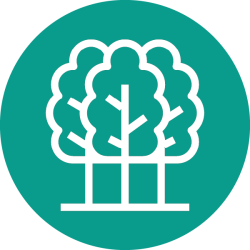
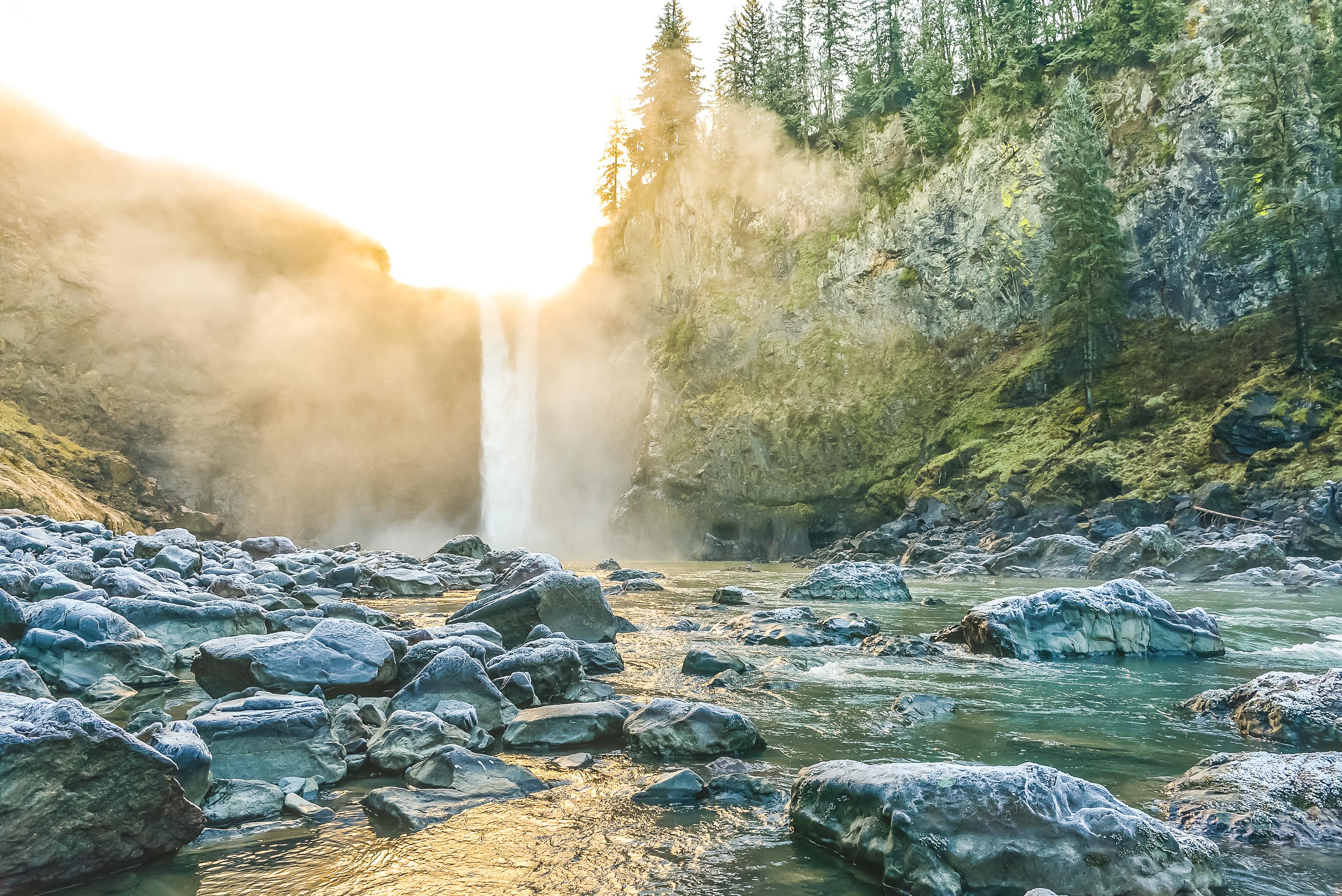
Significance
Every community should have safe, healthy places to live, work, and play – both indoors and outdoors. That includes clean air and water, green spaces, safe housing, reliable utilities, and protection from environmental harm. Where we live – our homes, neighborhoods, parks, and natural spaces – has a big impact on our health, safety, and ability to thrive.
But not all communities have equal access to these conditions. Low-income communities and communities of color are more likely to live near pollution, lack green space, or face unsafe housing and infrastructure. Fixing this requires changing how we design, invest in, and care for our environment.
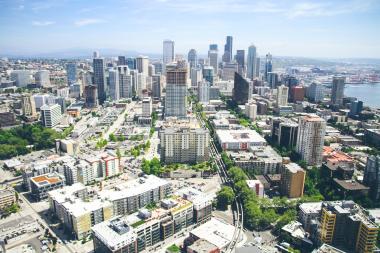
Mixes of Land Use
Understanding the use of buildable lands throughout the State provides insight into land use. Identifying whether the State’s built environment supports resident access to necessities (such as jobs and housing) and infrastructure (such as parks and tree canopy) is important because it helps us understand if the State is a place where everybody can thrive.
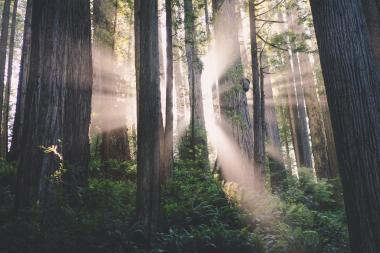
Tree & Forest Canopy
Vegetation, such as tree cover, is an important community feature that contributes to the neighborhood greenness that allows residents respite from the concrete-and-mortar built environment. Neighborhood greenness is positively associated with physical activity and mental health. This key feature contributes to a thriving environment in Washington.
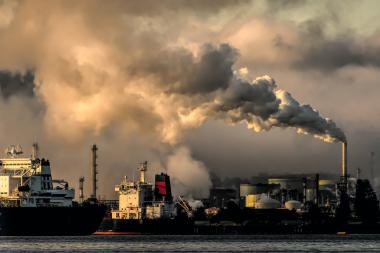
Exposure to Toxins
Exposure to pollution increases the risk of health problems, such as asthma. Although more pollution exists in urban areas in general, identifying areas with above average pollution can help guide investment of State resources to mitigate disparate impact of exposure.
